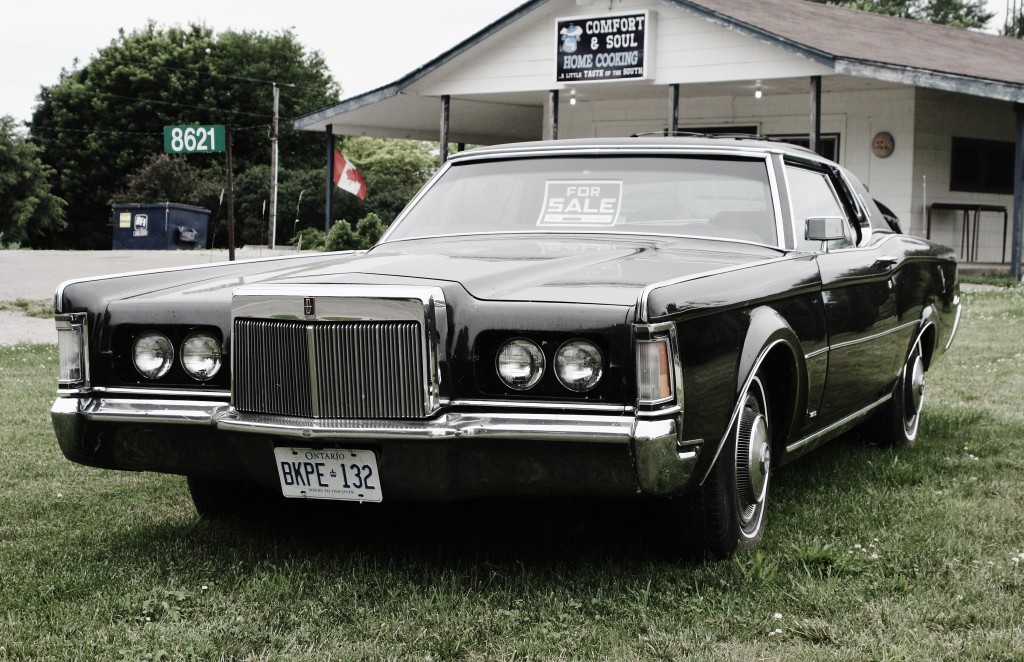Perhaps the most quintessential American ‘personal luxury’ coupe ever, the 1969-1971 Lincoln Continental Mk. III was a rolling statement that you’d arrived.
Arrived at a high income, that is.
With this model, the Ford Motor Company seized upon a growing marketplace niche and cut a big chunk out for itself. A competitor to Cadillac’s Eldorado (and to a lesser extent, the cheaper Olds Toronado and Buick Riviera), the Mk. III was a high point in Lincoln’s history.
Like many other standouts in the automotive world, we have Lee Iacocca to thank for this iconic model. Then serving as president of Ford, Iacocca had the new Lincoln built on the existing frame of the four-door Ford Thunderbird, which, while not a sales success, provided a solid platform on which to rest a higher-end vehicle.
And there was a lot of resting.
Tipping the scales (or crushing them) at 4,866 pounds, the Mk. III fitted Lincoln’s new 460 cubic inch (7.5-litre) V-8 under its mile-long hood. With cheap Middle East oil flowing unchecked across the Atlantic and little concern for emissions controls, the Continental could be as big and thirsty as the car-buying public wanted.
Inside the imposing beast, optional leather upholstery and multiple electronic conveniences awaited the lucky motorist. Air conditioning was a must-have, and anti-lock front disc brakes was an option worth bragging about in advertisements.
The Mk. III turned into a huge money-maker for Ford and Iacocca, not just because of strong sales, but also because of the reduced manufacturing costs made possible by utilizing existing parts. The styling also set the tone for Lincoln in the 1970s – a style the Thunderbird quickly adopted after shedding its rear doors in the early 70s.
Car buffs and movie aficionados alike will remember the Mk. III as being the ride of choice for the bad guy in The French Connection (1971), with the Lincoln serving as a very classy container for piles of smuggled heroin.
Just as the earlier 1961-64 Continentals had defined American luxury in the early 60s, the Mk. III brought that same feel and presence into the 70s.
For sure, the sheer size and thirst of this vehicle would be hard to comprehend (or afford) for modern-day motorists long accustomed to stratospheric gas prices and tiny parking spaces, but that doesn’t mean the allure has faded.
If anything, the desire for this car – and the nostalgia for the era it came from – is only getting bigger.
